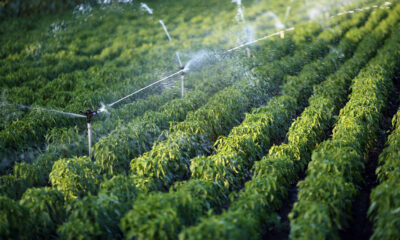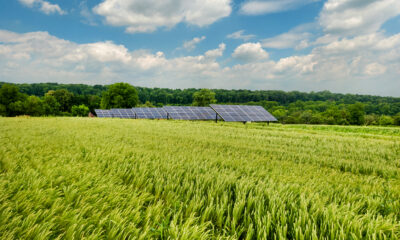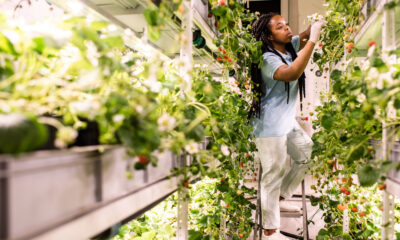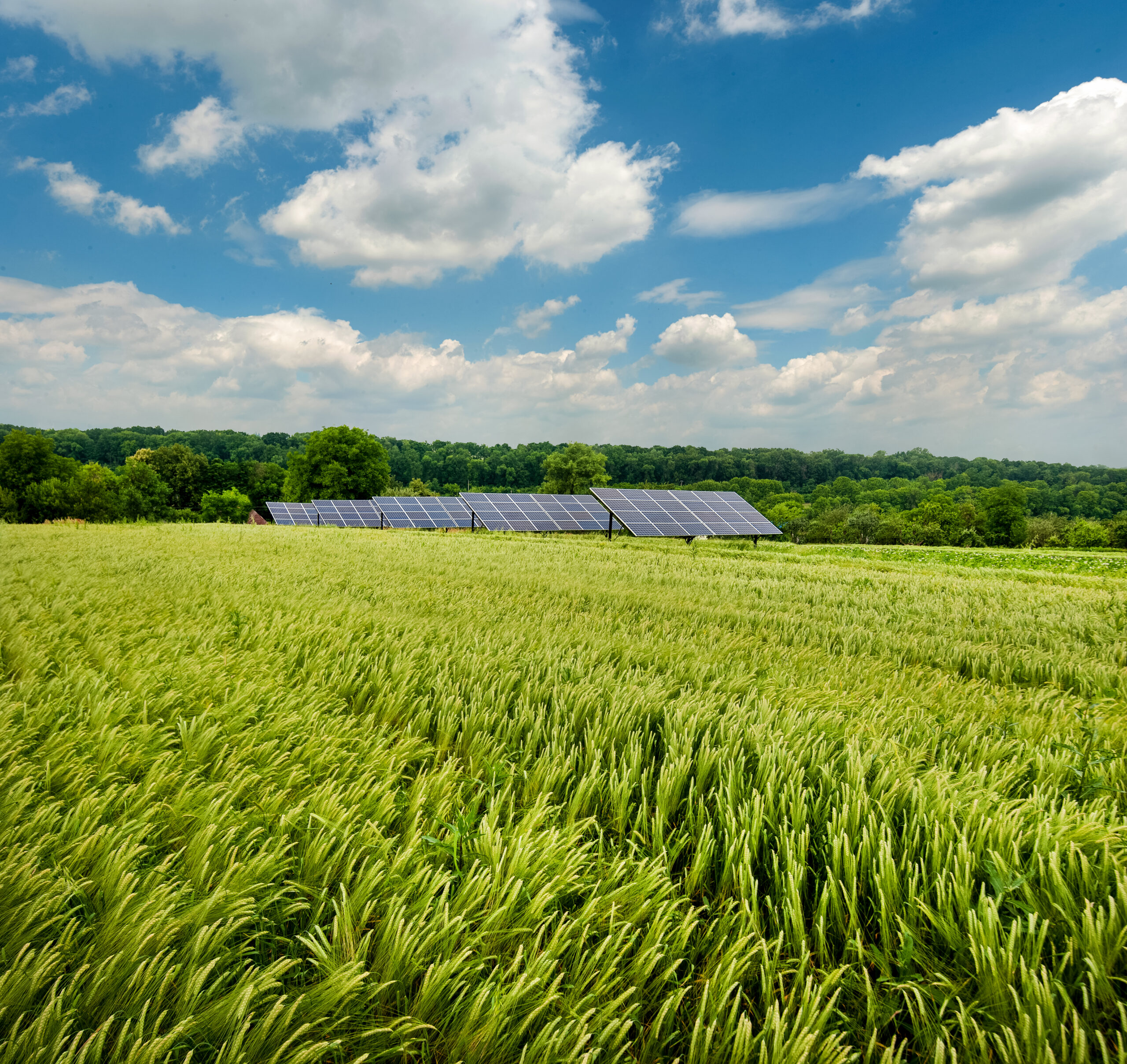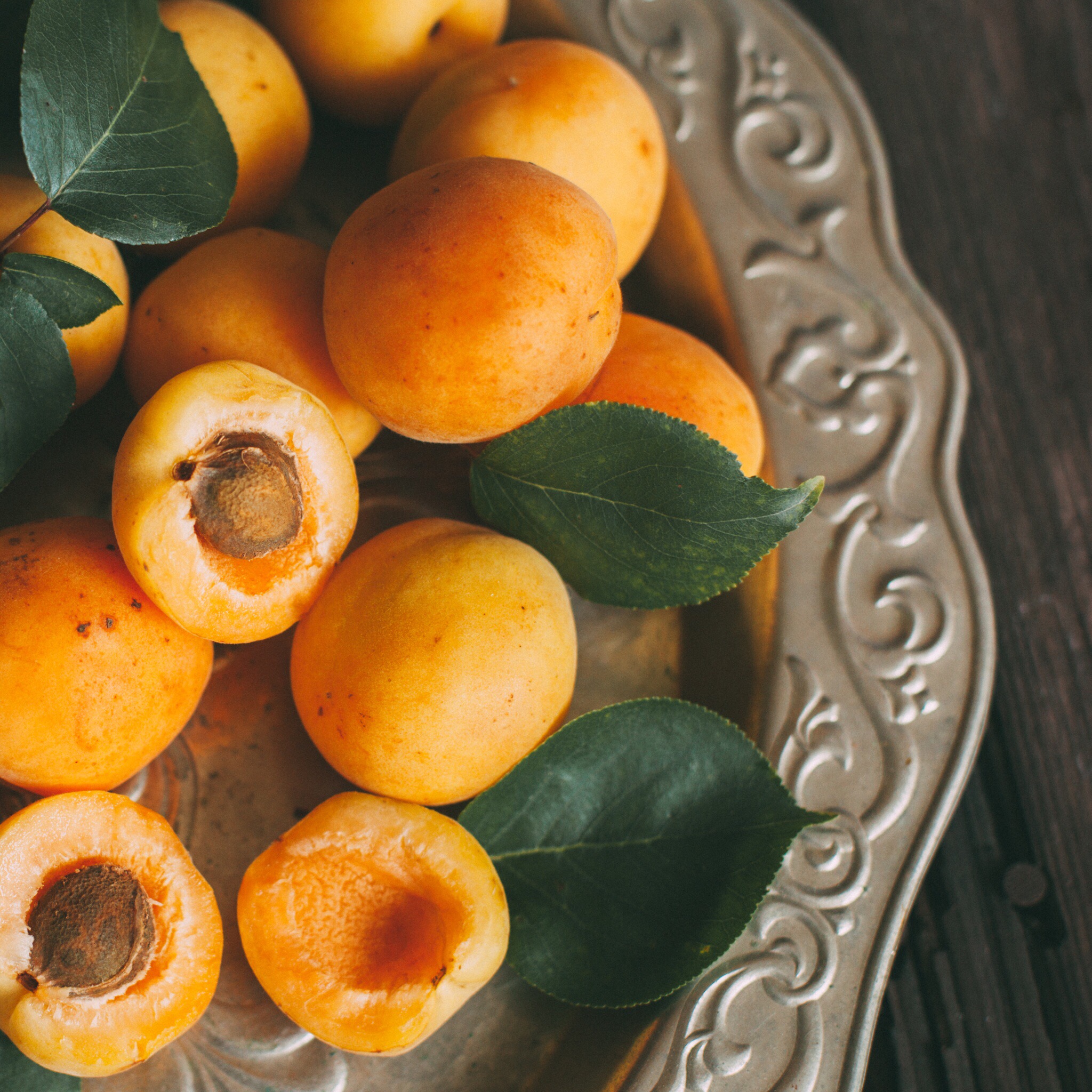Introduction
The growth of fruits and vegetables is deeply rooted in the energy dynamics of our planet. Earth’s energy, derived from sunlight, soil nutrients, water, and atmospheric conditions, forms the cornerstone of agricultural abundance. These natural forces work in tandem to drive plant growth, ensuring a steady supply of nutritious food for human consumption.
Sunlight is a fundamental source of energy for plants. Through photosynthesis, plants convert light energy into chemical energy, producing glucose that fuels their growth. This energy not only sustains the plant but also forms the basis of the food chain, ultimately reaching humans and animals.
Soil quality plays a pivotal role in agricultural productivity. Healthy soil, rich in organic matter and nutrients, provides the necessary elements for robust plant growth. The natural processes of decomposition and mineralization replenish these nutrients, creating a sustainable cycle that supports continuous cultivation.
Water is another critical component, acting as the medium through which nutrients are absorbed and transported within plants. Consistent and adequate water supply, combined with proper irrigation techniques, contributes to optimal plant development and high yields.
Weather and climate patterns, including temperature, rainfall, and wind, also influence agricultural outcomes. Favorable conditions lead to abundant harvests, while adverse weather can challenge farmers and impact crop production.
Understanding and harnessing these sources of earth’s energy is key to achieving sustainable agricultural practices. By exploring the intricate connections between these natural forces, we can develop strategies to ensure a bountiful and resilient food supply for generations to come.
Earth’s Energy Impact on Fruits and Veggies
The Earth’s energy plays a central role in the growth and development of fruits and vegetables. This energy, derived from natural sources like sunlight, soil, and water, creates an ecosystem where plants thrive and produce the food we depend on.
Sunlight is the primary source of energy for plants. Through photosynthesis, plants convert sunlight into chemical energy, which fuels their growth. This process is essential for the formation of fruits and vegetables, allowing them to grow and produce the sugars and nutrients that make them valuable food sources.
The soil also contributes significantly to plant growth. Rich in organic matter and minerals, it provides the essential nutrients that fruits and vegetables need to develop. Healthy soil fosters robust root systems, ensuring plants can absorb the energy they require for sustained growth and resilience against pests and diseases.
Water is another critical element, facilitating the absorption of nutrients from the soil and aiding in photosynthesis. Proper irrigation and moisture levels are crucial to maintaining healthy crops and ensuring a successful harvest.
The interplay of these energy sources creates a dynamic environment that influences the quality and quantity of fruits and vegetables. By understanding and managing these natural energies, farmers and agriculturalists can maximize productivity, leading to more abundant and nutritious crops for the global population.
Earth’s Energy Drives Agricultural Abundance
Agricultural abundance relies on the Earth’s energy and its myriad forms, driven by a complex interplay of natural forces. Sunlight, soil nutrients, and water create a fertile environment for crops to flourish, while climatic conditions set the stage for seasonal growth.
Sunlight is the cornerstone of agriculture, powering photosynthesis, the process by which plants convert solar energy into chemical energy. This energy fuels plant growth, resulting in the production of fruits, vegetables, and grains that sustain the global food supply.
The soil is equally crucial, providing a rich source of nutrients and organic matter that plants need to thrive. Properly managed soil promotes strong root systems, enhancing a plant’s ability to draw energy and nutrients from its environment.
Water, a vital component of the growth cycle, acts as a carrier for these nutrients and supports the physiological processes of plants. When these natural forces align, they create the conditions necessary for agricultural abundance, feeding the world’s growing population.
Conclusion
The concept of Earth’s energy encompasses a range of natural forces that collectively drive agricultural abundance. From sunlight and soil to water and weather patterns, these elements are critical to the growth and success of fruits and vegetables. By understanding and harnessing these energies, we can support sustainable agricultural practices and ensure a steady food supply for the future.
Sunlight, as the primary energy source, fuels photosynthesis, allowing plants to grow and produce the fruits and vegetables that form our diet’s basis. Soil health plays an equally vital role, providing the nutrients and organic matter that sustain plant life. Water, in its many forms—rainfall, rivers, and irrigation—ensures the continuity of these processes.
To maintain agricultural abundance, it is essential to consider how these natural forces interact and to manage them effectively. This involves adopting practices that promote soil health, optimize water usage, and leverage renewable energy sources. Sustainable agriculture supports food production and contributes to our planet’s health by reducing environmental impacts and promoting biodiversity.
In conclusion, Earth’s energy is at the heart of agriculture’s success. By embracing and nurturing these natural forces, we can build a resilient and sustainable agricultural system that benefits both humanity and the environment. This holistic approach is key to ensuring a thriving global food supply for generations to come.


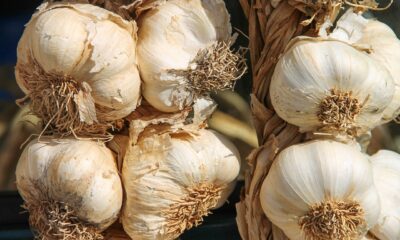

 Environmental Sustainability1 year ago
Environmental Sustainability1 year ago
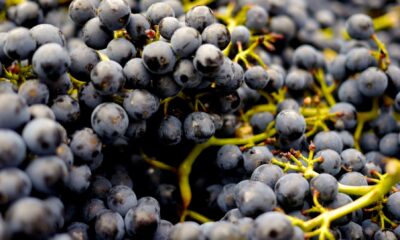

 Agriculture, Transportation & Logistics7 months ago
Agriculture, Transportation & Logistics7 months ago


 Agriculture, Transportation & Logistics1 year ago
Agriculture, Transportation & Logistics1 year ago
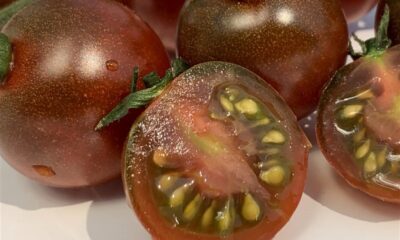

 Food Safety & Quality Control1 year ago
Food Safety & Quality Control1 year ago
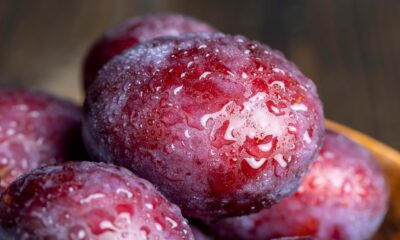

 Food Safety & Quality Control7 months ago
Food Safety & Quality Control7 months ago


 Food Safety & Quality Control1 year ago
Food Safety & Quality Control1 year ago
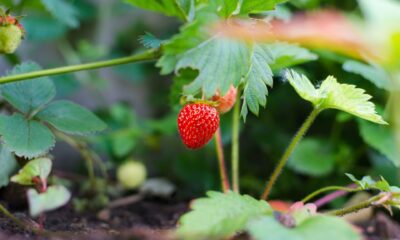

 Agriculture, Transportation & Logistics11 months ago
Agriculture, Transportation & Logistics11 months ago


 International Trade & Commerce1 year ago
International Trade & Commerce1 year ago






